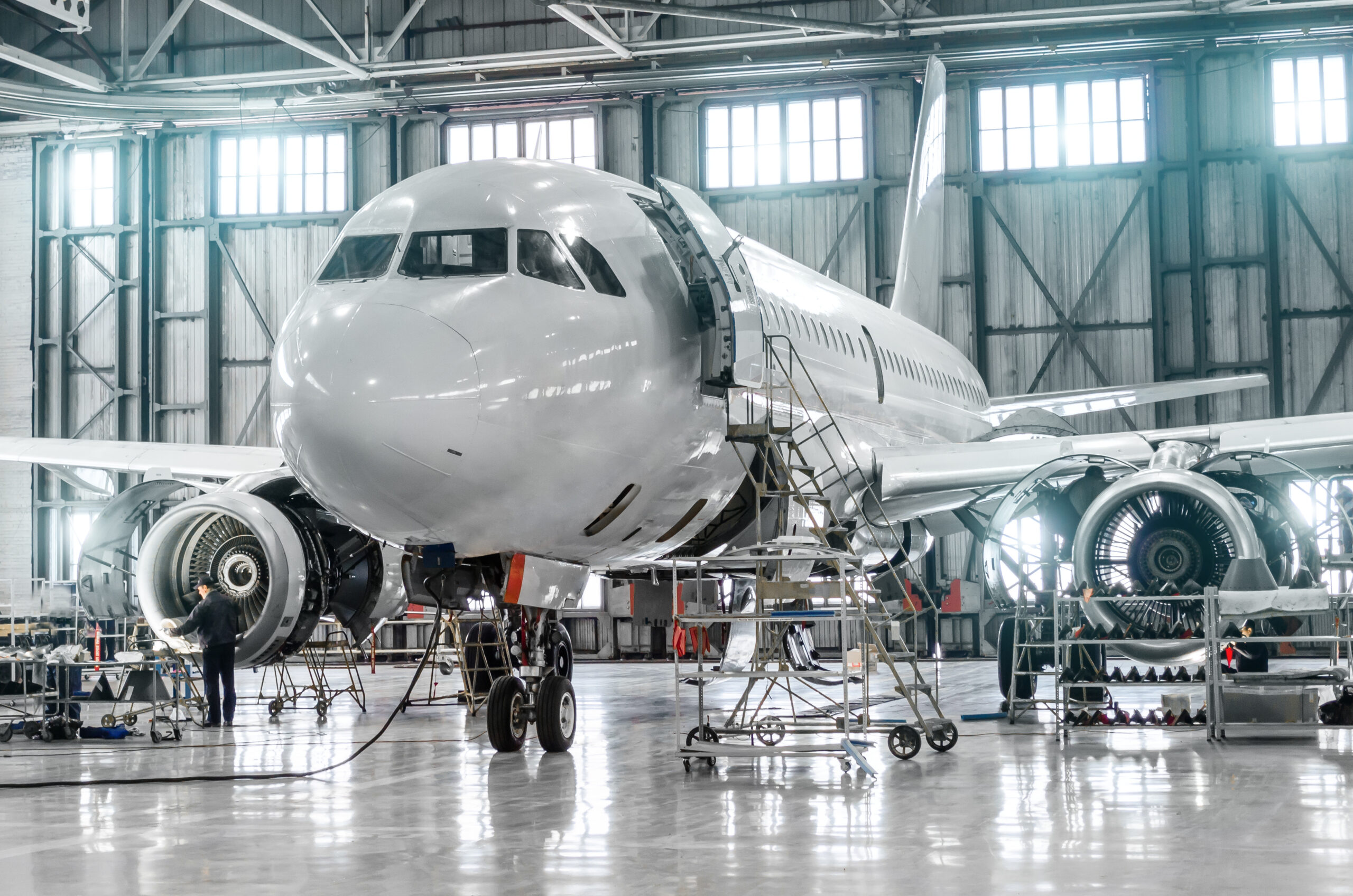Aircraft maintenance is changing faster than ever, thanks to the rapid advancement of artificial intelligence (AI), automation, and cutting-edge technologies. As an aircraft mechanic, I’ve seen firsthand how these innovations are reshaping the industry, improving efficiency, and enhancing safety. While traditional mechanical skills are still crucial, today’s aviation technicians must also embrace new tools and evolving technology to stay ahead. In this post, I’ll explore how AI, automation, and other emerging technologies are transforming aircraft maintenance and what this means for the future of our field.
AI and Predictive Maintenance: Preventing Problems Before They Happen
One of the biggest game-changers in aircraft maintenance is AI-driven predictive maintenance. Instead of reacting to issues after they occur, AI helps us predict and prevent mechanical failures before they happen.
Aircraft today are equipped with thousands of sensors that collect real-time data on engine performance, hydraulic systems, avionics, and more. AI processes this massive amount of data, identifying patterns and potential failures long before they become serious problems. This allows maintenance crews to fix minor issues before they escalate, reducing downtime and improving safety.
For example, some airlines now use AI-powered predictive analytics to monitor aircraft engines. These systems can detect early signs of wear and tear, allowing mechanics to replace parts before a failure occurs. This not only saves time and money but also minimizes flight delays and cancellations.
Automation in Aircraft Maintenance: Enhancing Efficiency
Automation is another major force reshaping aircraft maintenance. While skilled technicians will always be needed, robots and automated systems are increasingly assisting with routine inspections and repairs.
1. Drones for Aircraft Inspections
Drones are now being used to conduct visual inspections of aircraft exteriors. In the past, mechanics had to use scaffolding or lifts to inspect the fuselage for damage, which was time-consuming and sometimes dangerous. Today, drones equipped with high-resolution cameras and AI can scan an entire aircraft in a matter of minutes, identifying cracks, dents, or other issues with incredible accuracy. This allows mechanics to focus on repairs rather than spending hours on inspections.
2. Robotic Maintenance Assistants
In some maintenance facilities, robotic arms are being used to assist in complex tasks like applying coatings, drilling precise holes, or even performing component repairs. These robots work alongside human technicians, improving accuracy and reducing physical strain on mechanics.
3. Augmented Reality (AR) for Training and Repairs
Augmented reality (AR) is also changing the way we approach aircraft maintenance. AR headsets can overlay digital instructions onto real-world aircraft components, guiding technicians through complex repairs with step-by-step visuals. This is especially useful for training new mechanics or working on unfamiliar aircraft models.
3D Printing: Revolutionizing Replacement Parts
Another exciting development is 3D printing, also known as additive manufacturing. In the past, waiting for replacement parts to be shipped could cause long delays in aircraft maintenance. Now, mechanics can use 3D printers to create custom replacement parts on-site, reducing downtime significantly.
Some airlines are already using 3D-printed parts for cabin components, brackets, and even certain structural elements. As 3D printing technology advances, we may soon be able to print more complex parts, making aircraft maintenance even more efficient and cost-effective.
Cybersecurity: Protecting the Digital Skies
As aircraft become more reliant on AI and automation, cybersecurity is becoming a growing concern. Modern planes are essentially flying computers, with advanced software controlling everything from navigation to engine performance.
Cybersecurity teams are now working closely with aircraft maintenance professionals to protect aircraft systems from potential cyber threats. Mechanics are also being trained in cybersecurity best practices to ensure that digital maintenance tools remain secure and aircraft systems are protected from hacking attempts.
How Mechanics Can Adapt to These Changes
With all these new technologies emerging, it’s natural to wonder: What does this mean for aircraft mechanics? Will automation replace human workers? The short answer is no—while technology is transforming the industry, human expertise is still essential.
However, mechanics will need to adapt and expand their skill sets to keep up with these advancements. Here’s how:
- Learn about AI and Predictive Analytics: Understanding how AI-driven maintenance systems work will help mechanics make better repair decisions.
- Gain experience with automation tools: Whether it’s drones, robotic assistants, or AR, becoming familiar with these technologies will make technicians more valuable in the workforce.
- Stay updated on cybersecurity: As aircraft become more digital, knowing how to protect maintenance systems from cyber threats will be crucial.
- Develop skills in 3D printing and advanced materials: The ability to work with new manufacturing techniques will be a major asset in the future of aviation maintenance.
Embracing the Future of Aircraft Maintenance
The future of aircraft maintenance is smarter, faster, and more technology-driven than ever before. AI, automation, 3D printing, and cybersecurity are all playing a role in making aviation safer and more efficient. While these advancements bring new challenges, they also open exciting opportunities for mechanics willing to learn, adapt, and embrace innovation.
As someone who has worked in this field for years, I see these changes not as a threat but as an opportunity to become even better at what we do. Mechanics who stay ahead of the curve and develop expertise in emerging technologies will be the ones leading the next generation of aircraft maintenance.
The sky isn’t just the limit—it’s the beginning of what’s possible when we combine human expertise with cutting-edge technology.
